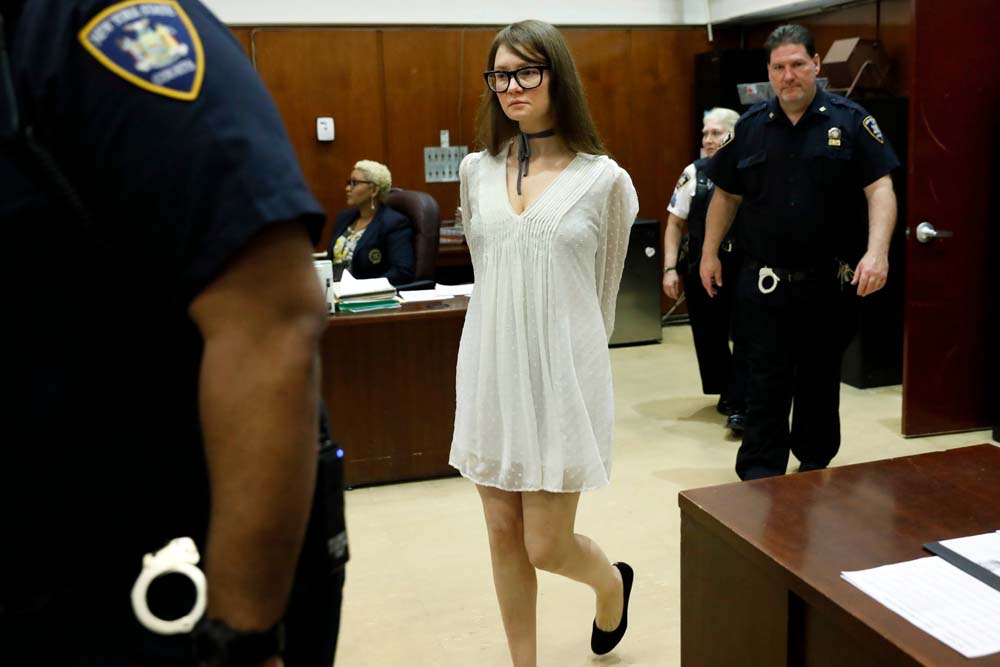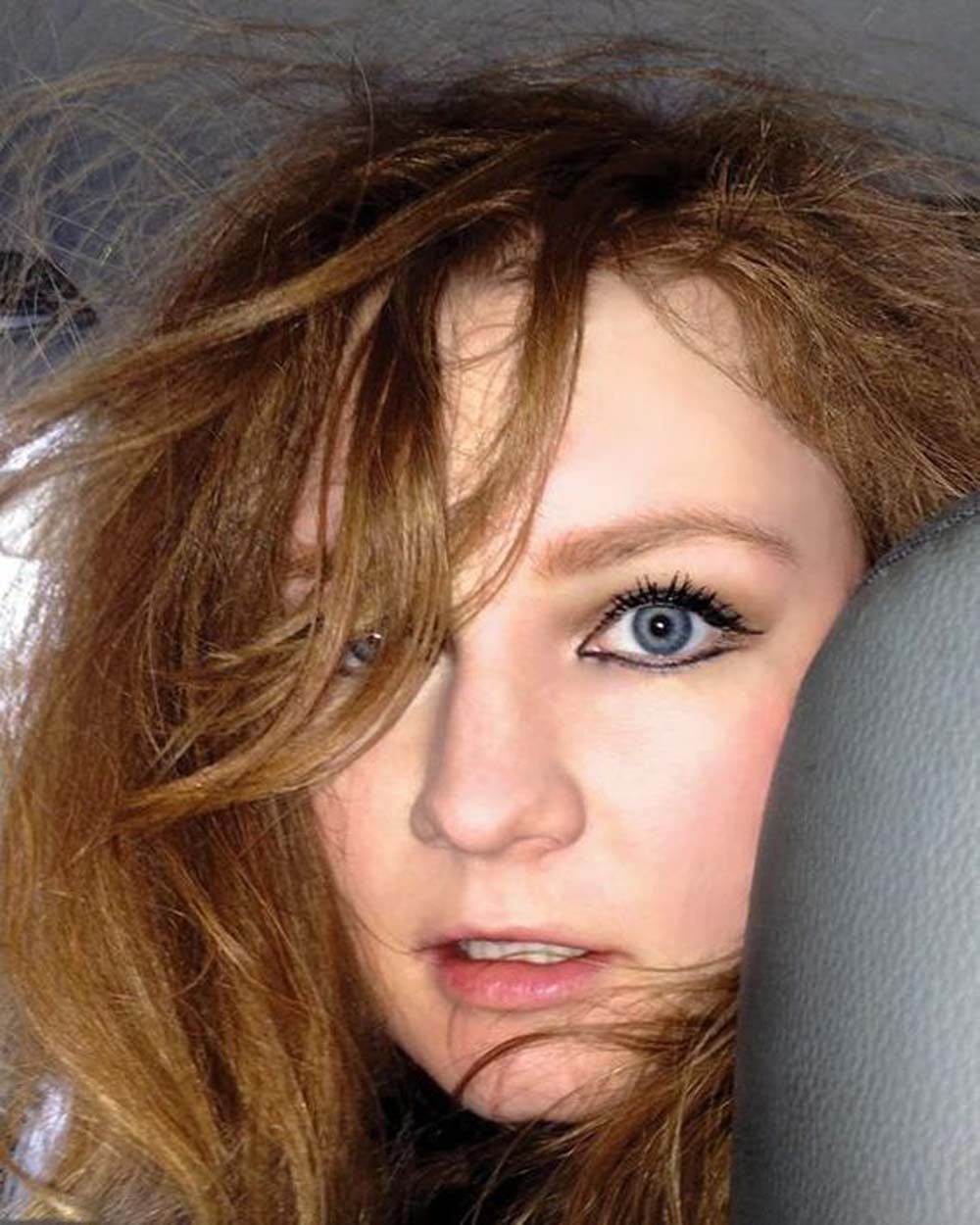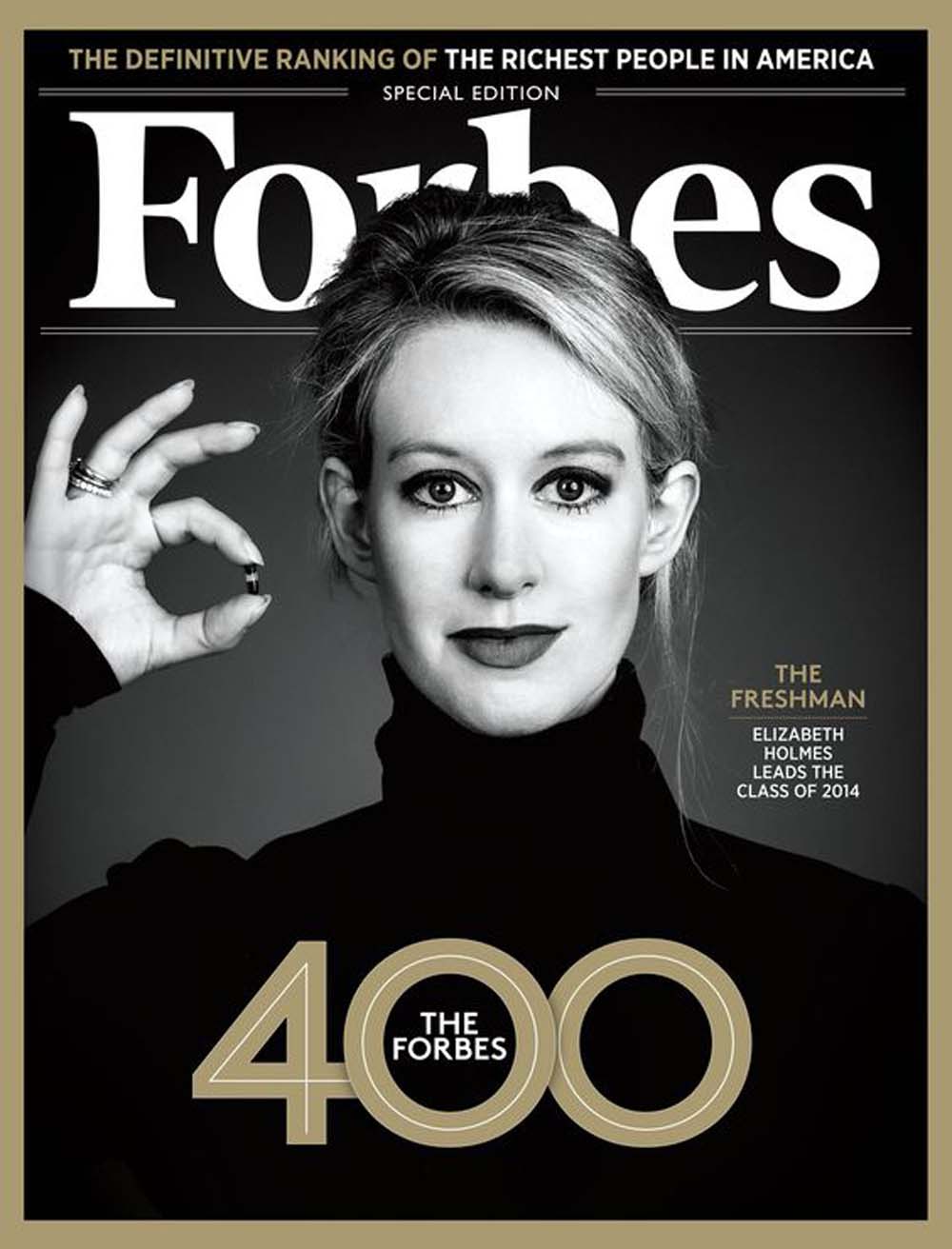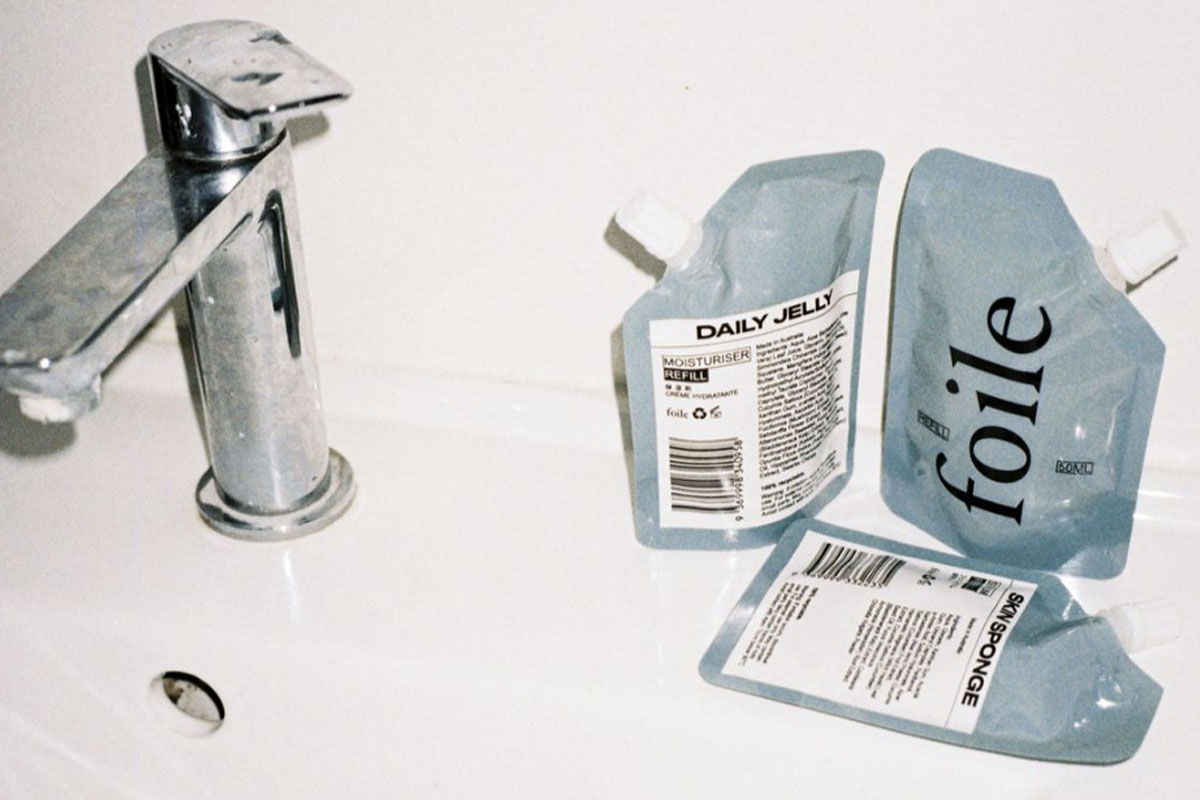Highlighting the most famous scams in recent history and the people who performed them.
By Tautahi Subritzky
Chronicles of scammers performing fraudulent activities aren’t anything new. There are countless stories of individuals who have lied, cheated, and evaded the law to gain wealth, social status, and perceived success. Usually, we’d achieve such things through education, an occupation, and the accomplishments we make thereafter, but that is definitely not the scammer's way: Why do the most when you could do the least for the same or even better results?
We know these scammers are immoral and wrong but it’s hard not to marvel at their elaborate scams. It not only takes brains but a hell of a lot of guts to do what these people have done. Why else would these so-called scammers, grifters and con artists become subjects of popular culture who have documentaries and Netflix shows made about them?
You've probably performed a wee scam without even thinking about it; creating a fake email address to get an extra 10% discount on an online purchase or scanning pinenuts through as sunflower seeds at the self-checkout, but these scammers went beyond.
We're looking at what fraudulent activities these scammers performed, how they achieved it, and of course, it wouldn’t be us if we didn’t critique their style and hair.
Anna “Delvey” Sorokin (The Fake German Heiress)

One of the most renowned scammers and con artists in recent times is Anna Sorokin, more commonly known by her alias, Anna Delvey or the Soho Grifter. If you haven’t heard about the Fake German Heiress and the crimes she committed, we’ll assume you also didn’t binge-watch Netflix’s Inventing Anna, a dramatized miniseries that, truthfully or not, documented those moments that precipitated the real Anna’s eventual arrest.
What did she do?
Under the guise of her German Heiress title with a supposed 60 million dollars in personal assets kept in a trust fund that would be paid to her at the age of 25, Anna defrauded multiple institutions including hotels, private jet companies, banks, and friends to the value of over $275.000, with the end goal of opening a members-only arts club in the heart of Manhattan. ‘The Anna Delvey Foundation’ would be a space to hold exhibitions, pop-ups, and private soirées. Ooh la la!
How did she do it?
Anna came from humble beginnings, with parents who were both hard-working business owners. After a brief stint at Central Saint Martins College and a coveted internship at Purple Magazine in Paris (where her infamous name change would happen), Anna “Delvey” made the move to New York in 2013 where her schemes shifted into full gear.
Anna would pay her way through life in cash that she would procure by depositing fraudulent cheques and making large withdrawals before the bad cheques were discovered; funding her shopping habits, international trips and would further reinforce her heiress title to those around her. Anna quickly cemented herself amongst New York's social elite, frequenting high-end restaurants, parties, and networking events, leaving friends to foot the bill of course, with the promise of paybacks that would never materialize. Similarly, with her living situation, Anna moved into the boutique hotel 11 Howard, without providing credit card details and promised instead, wired payments from an international bank account that would eventually clear her bill. Sure babe.
It wasn’t until Anna began looking to secure the tens of millions of dollars in loans that were required to start her “foundation" that her inevitable downfall would happen. She attempted to defraud financial advisors, wealth managers, accountants, and even documents in an attempt to procure the loan. It was at this time that a friend whom Anna had left to foot a $62,000 bill for a Moroccan holiday, turned her in.

Anna “Delvey” Sorokin went viral on social media for her sartorial courtroom choices.
During her trial, Anna’s courtroom appearances became the subject of conversation with particular focus on her now iconic Céline frames and her high/low mix of designer and fast fashion pieces. Her hair, often referred to as “frizzy and poorly coloured” was considered emblematic of her guilt, Scams take constant maintenance leaving no free time for salon visits.

Elizabeth Holmes (The Silicon Valley Superstar)

Similarly to Anna Delvey, our next scammer also had a grand plan that, with sheer determination and a few mistruths, would hopefully provide her with a positive result. Hailed as ‘the next Steve Jobs’ Elizabeth Holmes rose to fame in the world of biotechnology. A college drop-out with little training who developed a miracle technology that would transform the world of diagnostic blood testing, or so she claimed.
What did she do?
Elizabeth Holmes founded the company Theranos with a business idea that would revolutionize the blood testing industry, whereby patients would no longer be required to hand over several tubes full of blood for blood testing. Instead, just a drop would be enough to look for markers of cholesterol, diabetes, cancer and a range of other diseases. Holmes claimed this technology was faster, cheaper and would most importantly save lives.
However, “Edison” – the device supposed to carry out these tests – did not deliver what Theranos promised right to the very end, providing unreliable, flawed or false results. The Technology that Holmes had sold to investors that would have saved lives and brought in billions of dollars worth of revenue was a bust.
How did she do it?
After dropping out of Stanford in 2004, to pursue building her company full-time, the then 20-year-old Holmes used the money her parents had saved for her education as seed money for Theranos. Convincing her former Stanford professor of her idea and recruiting him as the first board member. He would put Holmes in touch with venture capitalists and by the end of the same year she had raised $6 million in capital to progress Theranos further.
Holmes is said to have worshipped and emulated Apple founder Steve Jobs. She hired Apple designers for the product design of the laboratory’s “Edison” device and she soon appeared wearing only black turtlenecks. Holmes also began to adopt a deeper speaking voice to demand attention.
She went public with this image in 2013. Two years later, the company entered into a partnership with US drugstore chain Walgreens whereby the company’s tests would be offered in more than 40 stores. In 2015, Holmes appeared on the cover of Fortune, Forbes, and Inc. Theranos was valued at $9 billion, and with Holmes considered one of the youngest self-made billionaires in the US, she landed on Time magazine’s list of the 100 most influential people. That same year, then Vice President Joe Biden visited the Theranos lab in Palo Alto and praised Holmes as an inspiration.
However, despite all of the perceived success that Holmes had achieved, there was one big problem. Her technology didn’t work. After some internal claims made by Theranos staff members regarding incorrect test results being sent to real patients, third-party technology being used to provide test results due to the inefficiency of its own, and an article by John Carreyrou published in The Wall Street Journal highlighting the company's lies and failures to the public, investigations by the FDA and FBI ensued and all were proven correct. In 2018 Holmes stood down as the company's CEO and Theranos itself was ultimately shut down.

Holmes ruthlessly curated her public persona, modelling her look on one of the most famous tech barons, Steve Jobs. She went as far as procuring the exact Issey Miyake turtlenecks favoured by Jobs. But what about the hair? Best described as wiggy, Holmes’ blonde tresses were often flat-ironed to hell and in desperate need of a keratin treatment. Similarly to Anna, Holmes' hair was also part of the persona she created. Exemplifying a “too busy to care” attitude.

Billy McFarland (The Fyre Festival Fraudster)

Billy McFarland was a young entrepreneur with a grand scheme that would eventually be summed up by a photo of a poorly constructed cheese, lettuce, and tomato sandwich in a styrofoam container. Can you guess what it was?
Chances are, you’re correct.
What did he do?
In 2016, as a young college dropout, McFarland launched Fyre Media which aimed to sell an app where musical artists like Beyoncé or Jay Z could be booked to perform for private events. Fyre Festival was born out of the promotion of this app. It would be a “Coachella style” festival held on the island of Great Exuma in the Bahamas, with luxury accommodation and celebrities like Bella Hadid, Emily Ratajkowski and Kendall Jenner in attendance.
But, as should be apparent by now, the festival was a flop and it all played out on social media. Over 5000 people spent thousands of dollars on a festival that had been promoted as a “luxury experience” and were instead met with a construction zone of FEMA tents, rain soaked mattresses and port-a-loo's lining the beach. McFarland’s “Fyre Fest” was instead one big “Fail Fest”.
How did he do it?
Prior to the existence of Fyre Media, McFarland had a different business venture, a credit card company called Magnises, which offered its users exclusive access to V.I.P. events and parties, simply by being a Magnises user (and of course paying a $250 annual membership), the card itself, however, was simply a direct copy of the owners existing credit card and accessed that same account. It was during this time McFarland met socialites, celebrities, and investors whose relationships he would later utilize in an attempt to fund Fyre Festival.
The failure of Fyre Festival isn’t very long or complicated. McFarland lied to investors claiming that his company Fyre Media was valued at over 90 million, hoping to garner millions in financial backing to make his festival a reality, but there just wasn’t enough money to fund an event at the scale that Mcfarland had wanted and with large amounts of supposed investment being pulled prior to the event, McFarland was left scrambling to achieve what he had sold to the public. The luxurious celebrity-filled beach bash was never to be and McFarland would be left owing investors and ticket buyers more than 26 million in restitution.

McFarland doesn’t really warrant comment on his style or hair. It’s a little bit ‘prep’ and a little bit ‘jock’. Enough said.



